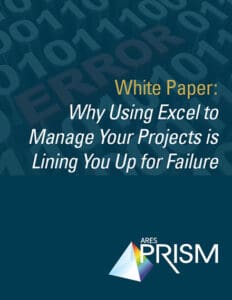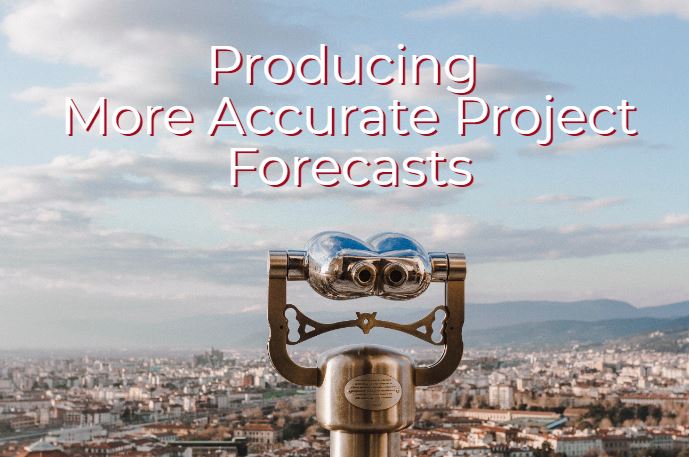With ever increasing demands from customers, executives, and other stakeholders, providing an accurate forecast is more important than ever. While project baselines started from an Excel project management templates and proper project S-curves, serve as indicators to better predict the direction of a project and can help project managers take corrective action, they are often not enough. What cost management and scheduling techniques should be utilized on each project, so that project forecasts are believable and realistic?
 The most effective way to visually display a project forecast is through a project S-curve. A key fundamental element of project forecasting is integrating cost and schedule data –often referred to as earned value management (EVM).
The most effective way to visually display a project forecast is through a project S-curve. A key fundamental element of project forecasting is integrating cost and schedule data –often referred to as earned value management (EVM).
The approach to evaluate the accuracy of the forecasting techniques available in earned value management consists of a 3-step procedure:
- Step 1: Define Uncertainty
- Step 2: Simulate Project Progress
- Step 3: Evaluate the Forecast Accuracy
Define Uncertainty
Uncertainty can be hidden on activity durations or costs, resource use, the presence of precedence relations or even on the existence of an activity in the project network. Therefore, single point estimates should be better replaced by probability distributions to incorporate this uncertainty. In doing so, project parameters that are considered to be deterministic are then modeled as random variables that enable the project manager to develop a computerized simulation model that imitates project progress.
Simulate Project Progress
Random numbers are generated from the probability distributions defined earlier to imitate a fictitious project progress run. This process is repeated a (huge) number of times such that each simulated project run is different. The general idea is that each simulation run reflects a realistic project run that can possibly happen when the project is in real progress.
Evaluate the Forecast Accuracy
During each project simulation run, the periodic time and cost performance of the project is measured using earned value management data, which are then used to predict the final duration and total real cost of the project. At the end of each project run, the simulated project duration and cost is known and is compared to the planned duration and budgeted cost in order to evaluate the accuracy of these periodic predictions.
Related Content:
Why Using Spreadsheets to Manage Your Projects Is Lining You Up for Failure
 Explore why yesterday’s approach to managing cost and risk with spreadsheets no longer works. While spreadsheets serve many purposes on the construction of capital projects, it can be ineffective as a core “business critical” application.
Explore why yesterday’s approach to managing cost and risk with spreadsheets no longer works. While spreadsheets serve many purposes on the construction of capital projects, it can be ineffective as a core “business critical” application.
